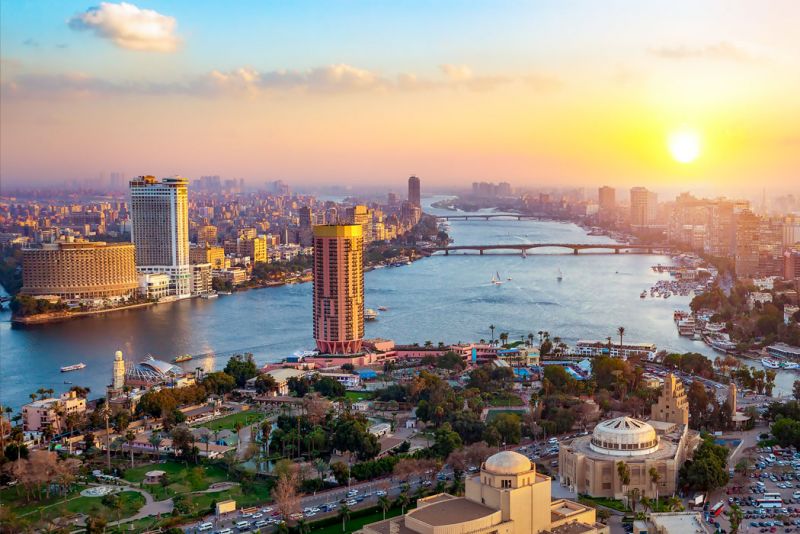
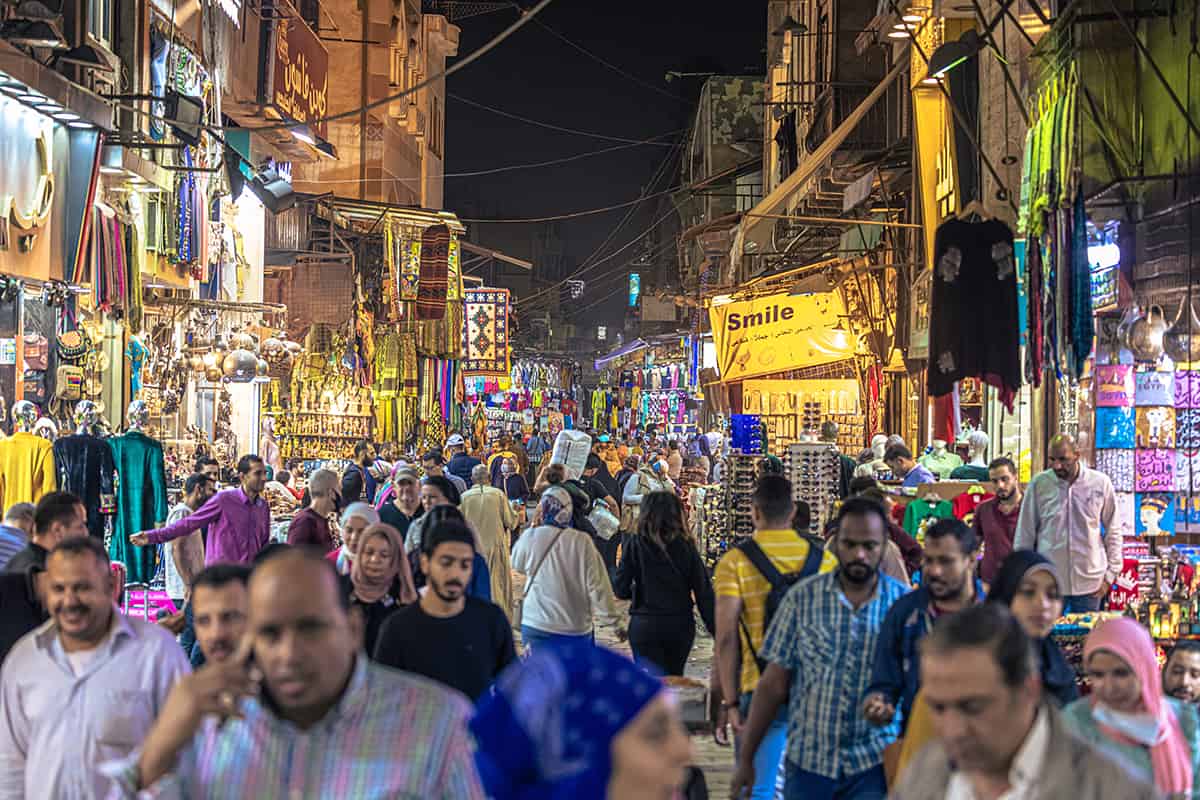
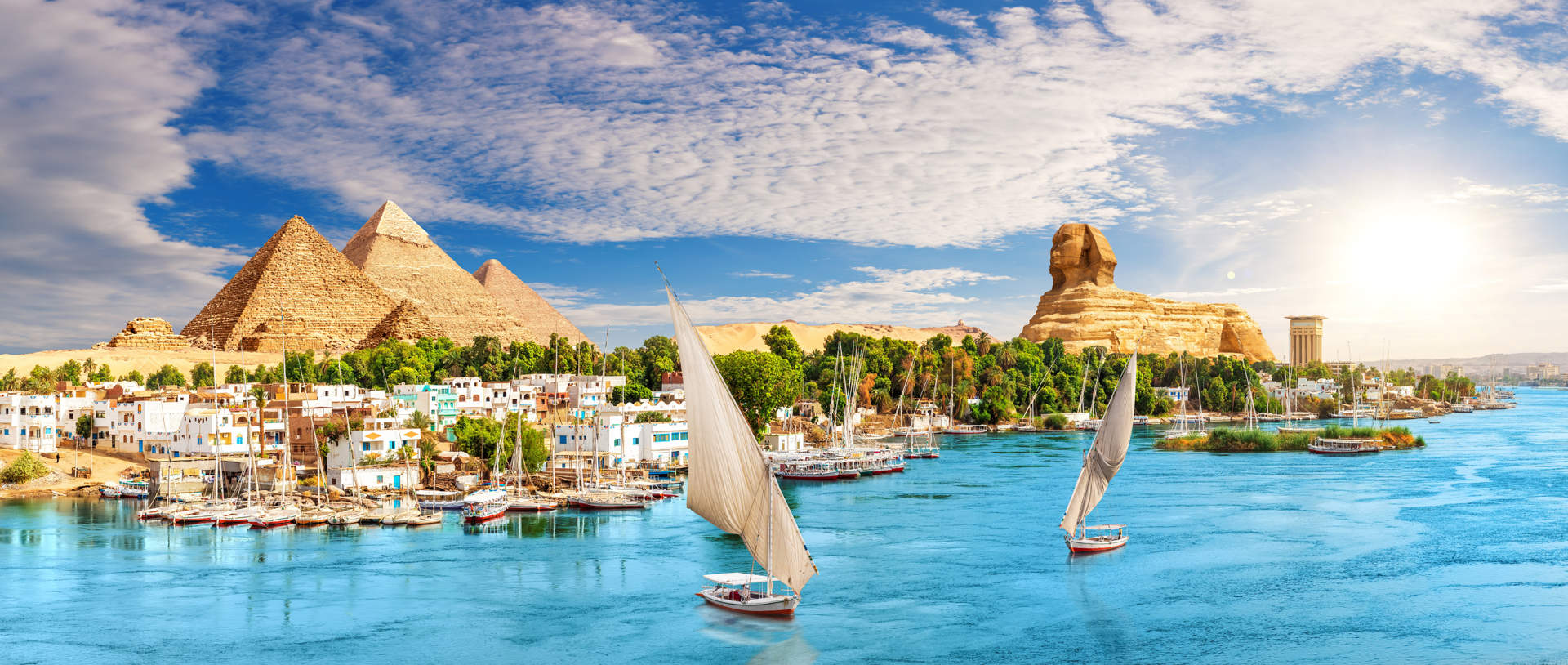
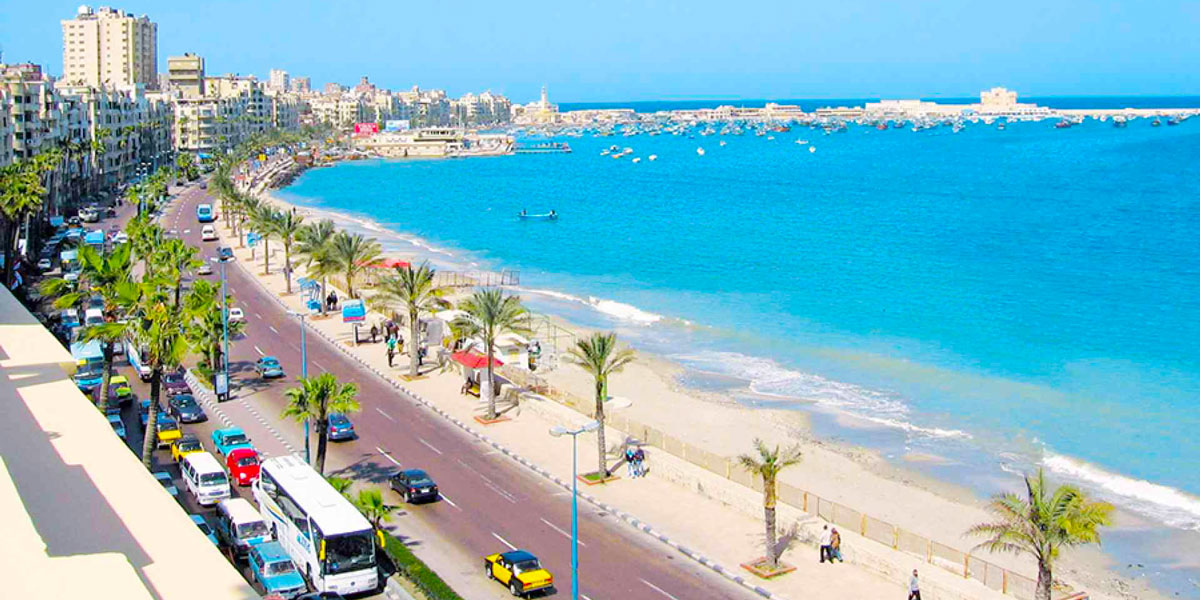
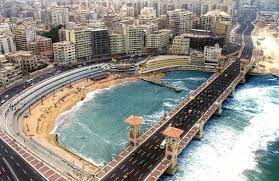
Egypt
Elmontaza Distract Townhouse 211 - First 6th of October, Giza Governorate 3275101, Egypt Welcome@artmedia-ph.com
Egypt is in the north-eastern corner of Africa and is bordered by the Mediterranean Sea and the Red Sea, Libya to the west, Sudan to the south, Israel and the Gaza strip to the east. Egypt’s heartland, the Nile River valley and delta, was the home of one of the principal civilizations of the ancient Middle East and, like Mesopotamia farther east, was the site of one of the world’s earliest urban and literate societies. Egypt has an arid desert climate and is generally both hot and sunny. As part of the northern hemisphere, seasons in Egypt follow much the same pattern as in Europe and North America, with winter falling between November and January, and the peak summer months falling between June and August.
Egypt is one of the best locations in the world for filming. The lighting, weather and stunning landscapes alone make Egypt worthy of being on any film producers location list.
Film locations are divided into the following governorates: Alexandria, Aswan, Asyut, Beheira, Beni Suef, Cairo, Dakahlia, Damietta, Faiyum, Gharbia, Giza, Ismailia, Kafr El Sheikh, Luxor, Matruh, Minya, Monufia, New Valley, North Sinai, Port Said, Qalyubia, Qena, Red Sea, Sharqia, Sohag, South Sinai, and Suez.
Most of Egypt’s film locations can be found in The Nile Valley and Delta with its ancient structures in desert landscapes and felucca’s gently sailing down the Nile River.
Cairo, the largest city in the Arab world, is a bustling metropolis of 10 million people. It is Egypt’s capital and main film production centre with Museums, Mosques, Souks, Al-Azhar Park, Cairo Opera House, Baron Palace, Abdeen Palace, Manial Palace, Bab Zuweila, and Bab al-Nasr, and Bab al-Futuh . Just outside the city you can find the famous Pyramids of Giza and Great Sphinx, the sole survivors of the Seven Ancient Wonders of the World. The Giza Museum is a beautiful modern structure.
Other ancient locations of note in this region include Luxor (Karnak Temple, Luxor Temple), the Valley of the Kings (tombs of Tutankhamun and Ramses II), Valley of the Queens, Deir el-Medina, Saqqara, Philae, Kom Ombo, Abu Simbel, Abydos, Temple of Horus at Edfu, Dendera Temple Complex, and the Tombs of the Nobles. Faiyum is one of the country’s oldest cities. Wadi al-Hitan is known for its whale fossils located in a desert landscape. Wadi El Rayan waterfalls are a beautiful film location.
Alexandria, the city founded by Alexander the Great, is a Mediterranean port city known for Bibliotheca Alexandrina, Citadel of Qaitbay, Montaza Palace, Abu al-Abbas al-Mursi Mosque, and Ras El Tin Palace.
The Suez Canal connects the Mediterranean Sea to the Red Sea running from Port Said to Suez.
Egypt’s agricultural locations include cotton, rice, wheat, corn, sugarcane plantations andare located close to the Nile River. Locations of note
The deserts east of the Nile River stretching to the Gulf of Suez and the Red Sea. The area is rich in natural resources including Egypt’s major oil fields.
The desert west of the Nile River is known for the desert oasis of Siwa, Fayyum, Bahariyya, Farafra, Dakhla, and Kharga. The White Desert is known for its chalk rock towers. The Black Desert is known for its spectacular black volcanic hills. The Saharan deserts covers thousands of miles.
Sharm el-Sheikh is the main entry point to Red Sea Coast’s beautiful beaches and world-renowned diving locations. Mt Sinai holds religious significance for Abrahamic faiths. Saint Catherine’s Monastery is one of the oldest working monasteries in the world.